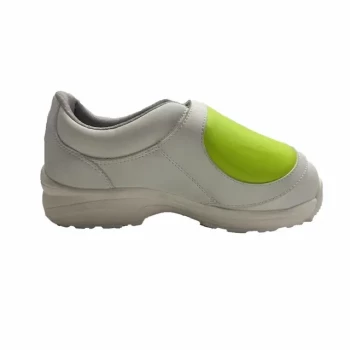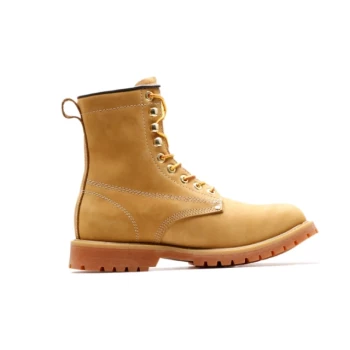Winter cycling shoes can be significantly improved with simple modifications to enhance warmth, dryness, and overall performance. Key adjustments include sealing ventilation holes to block cold air, addressing loose areas around the ankle to prevent water ingress, and using overshoes for better moisture management. These changes help retain heat while balancing airflow to avoid dampness. The right modifications can transform standard shoes into effective winter gear without the need for expensive specialized footwear.
Key Points Explained:
-
Sealing Ventilation Holes
- Many cycling shoes have ventilation holes designed for summer use, which let in cold air during winter.
- Cover these holes with duct tape, cling wrap, or adhesive patches to block drafts.
- This retains heat without compromising the shoe’s structure and is a cost-effective alternative to buying winter-specific shoes.
-
Ankle Fit Adjustments
- Loose areas around the ankle are common entry points for water and cold air.
- Use adjustable straps, neoprene gaiters, or adhesive foam padding to tighten the fit.
- For outdoor shoes, consider adding a waterproof cuff or elasticized seals to prevent snow and rain from seeping in.
-
Moisture Management with Overshoes
- Winter shoes often trap moisture, making feet damp and colder.
- Neoprene or windproof overshoes provide a balance: they block wind while allowing minimal airflow to reduce condensation.
- Layering overshoes over modified shoes enhances insulation and water resistance.
-
Insulation Enhancements
- Standard insoles may lack sufficient thermal protection.
- Replace them with insulated or reflective insoles (e.g., foil-lined or wool-based) to retain heat.
- For extreme cold, add toe warmers or heated insoles, ensuring they don’t restrict circulation.
-
Material Upgrades
- Apply a waterproofing spray or wax (e.g., Nikwax) to the shoe’s exterior to improve water repellency.
- Line the interior with thin fleece or thermal fabric for added warmth without bulk.
-
Strategic Layering
- Wear moisture-wicking socks (e.g., merino wool) to keep feet dry.
- Avoid thick socks that compress insulation; instead, focus on breathable layers that trap warm air.
By focusing on these areas, cyclists can adapt their existing footwear for winter conditions, prioritizing dryness, warmth, and comfort. Have you considered how small tweaks like these could extend the usability of your current gear across seasons?
Summary Table:
| Modification | Purpose | Materials/Tips |
|---|---|---|
| Seal ventilation holes | Block cold air | Duct tape, cling wrap, adhesive patches |
| Adjust ankle fit | Prevent water ingress | Neoprene gaiters, foam padding, waterproof cuffs |
| Use overshoes | Balance moisture & wind protection | Neoprene/windproof overshoes |
| Upgrade insoles | Improve thermal retention | Foil-lined/wool insoles, toe warmers |
| Waterproof exterior | Repel rain/snow | Nikwax spray, wax treatments |
| Layer socks strategically | Maintain dryness & warmth | Merino wool socks, breathable thin layers |
Ready to optimize your winter cycling gear? As a leading manufacturer of high-performance footwear, 3515 offers bulk solutions for distributors and brands seeking durable, season-ready shoes. Our expertise in customizable designs ensures your footwear meets extreme weather demands. Contact us to discuss tailored options for your inventory—let’s keep cyclists riding comfortably year-round!














